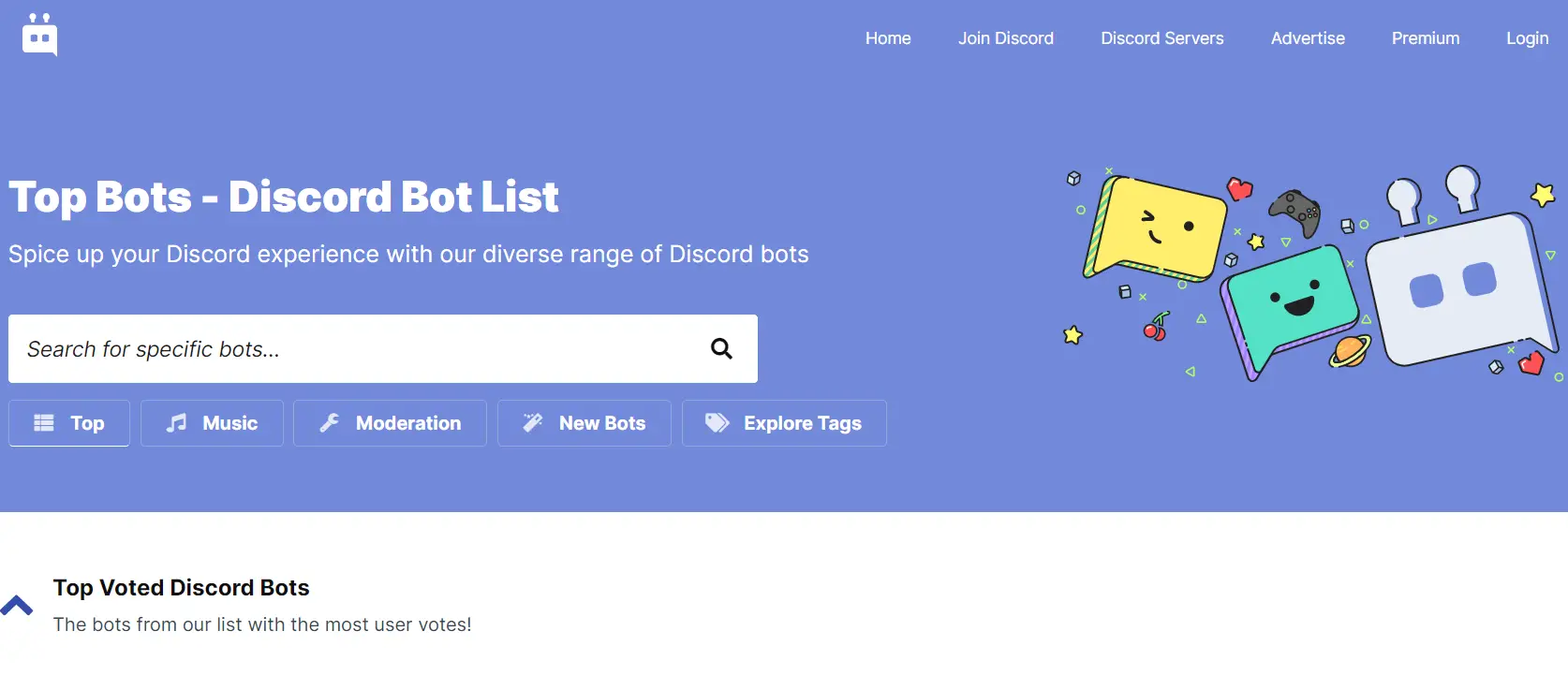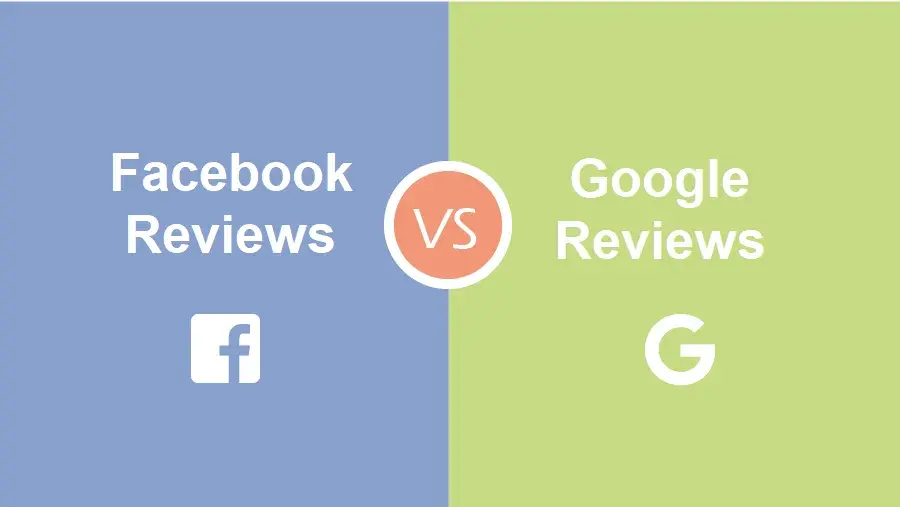How Many People Use Ad Blockers?
The rise of desktop ad blockers began to take off in the middle of the last decade. The technology spread beyond the tech crowd and into the mainstream. In a recent survey, more than 14,000 people across ten countries reported using German adblocker. The survey was conducted by AudienceProject.
Statistics
According to a survey conducted by Adblock Plus, more than 60% of internet users are now using an ad blocker. The study also found that ad blockers were most popular with males. In fact, nearly 65% of young males say they use ad blockers.
The reasons for using ad blockers vary, but privacy and protection against malware are the most popular. Survey results indicate that more than 40% of Internet users in the US use ad blockers to avoid being interrupted. Moreover, publishers report that nearly half of internet users use ad-blocking detection software.
According to an Edelman survey, nearly seven out of 10 adults worldwide avoid advertising. They do this by changing their media habits and using ad blockers. Moreover, about half of respondents choose to pay for streaming video services with no or reduced ads.
Impact on ad revenue
Publishers have long loaded up their websites with ads to increase ad revenue, but the recent rise of ad blockers has made that a less attractive prospect. Furthermore, increasing ad load has been slowing down the web, and audiences have been looking for ways to clean up their browsing experience. The IAB and other organizations have been working to make the web ad experience as good as possible. They’re launching initiatives like the DEAL campaign and the LEAN campaign, which aim to improve the ad experience on websites.
The rise of third-party ad blockers has been a significant blow to website owners. Also, the new privacy tracking features in browsers have a major impact. Ad blockers can prevent Google Analytics from collecting data from users, which hurts website owners in two ways. Despite these drawbacks, ad blockers can still be useful in some cases.
Publishers need to rethink their strategy to overcome the impact of ad blockers. They must find a way to recoup ad revenue and strengthen customer engagement. One solution is the Consent management platform launched by Google in 2017. It allows publishers to ask users for their consent to show personalized ads. This is in compliance with the GDPR and IAB Europe’s TCF and will help publishers recover ad revenue.
Rise of ad blockers on mobile devices
In the last three years, ad blockers have seen a dramatic increase in popularity. While most of them are installed on computers, mobile devices are becoming more popular. This means more people can access online content. However, ad blockers are reducing the number of revenue publishers make from online ads. This is particularly true of mobile devices, where ad blocking is more difficult to install and less widespread. The Interactive Advertising Bureau and tech vendor Adblock Plus estimate that between 8% and 15% of mobile users block ads. The Association of Online Publishers estimates that mobile ad blockers will increase by 2.4% by the end of 2019.
This is a significant problem for mobile advertisers. While some will see little or no impact on their mobile PPC campaigns, others will notice a significant impact. In addition to display ads, ad blockers can affect Google AdWords, Bing Ads, and other advertising networks.
Impact on publishers
The impact of ad blockers is a big concern for publishers who monetize their content with advertising. Using these tools reduces ad revenue by 15% to 20%, according to a study by PageFair. Many big publishers have devised ways to combat this problem. For example, the Coalition for Better Ads has set standards for ads to avoid being intrusive.
As a result, publishers are rethinking how to monetize their content. In many cases, this means improving the ad experience for their audience or adopting innovative new monetization strategies. However, to effectively combat ad blockers, publishers must think through their monetization strategies and understand how audiences engage with their content.
Many publishers have used free ad blocker analytics platforms to determine the impact of ad blockers. These tools collect data that publishers can use to develop an action plan with their internal stakeholders.




